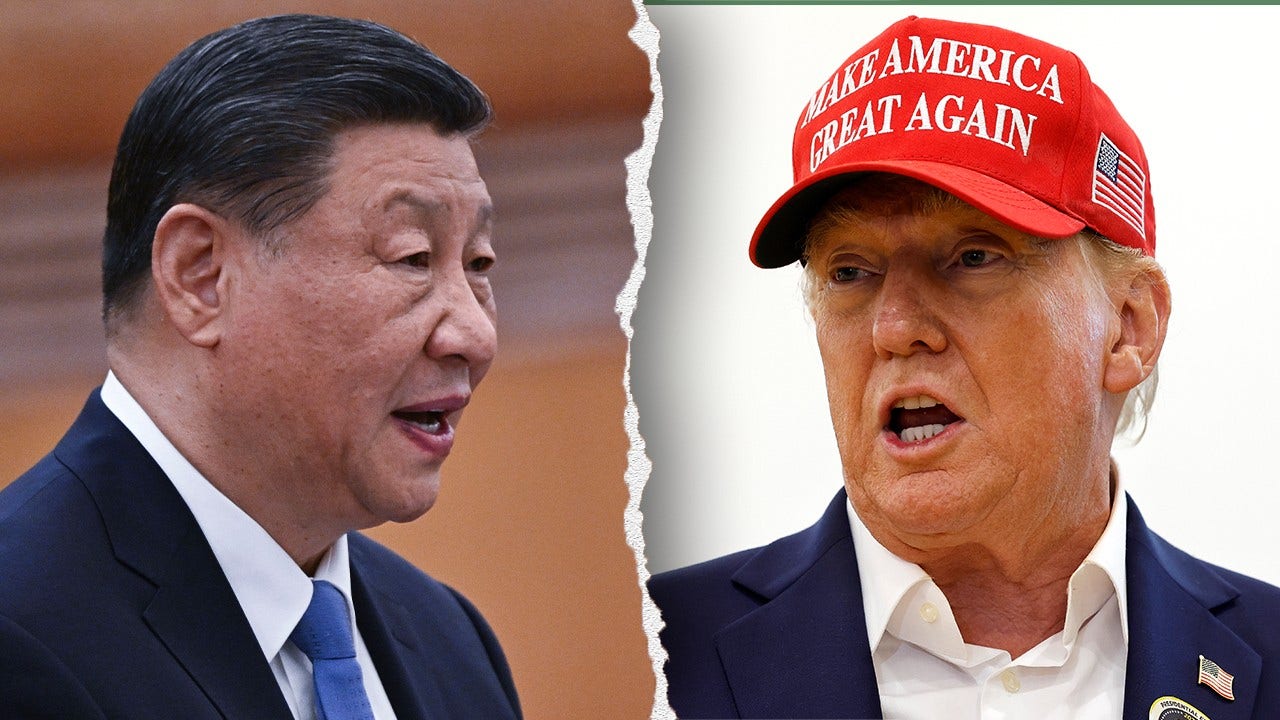
Once upon a time, the debt ceiling was something that made it easier, not harder, for America to pay its bills. Over 100 years ago, before the first world war, whenever the U.S. Department of the Treasury needed to issue bonds to finance government spending, it had to seek approval from Congress. But after German U-boats began sinking U.S. merchant ships in 1915, killing thousands of Americans and eventually helping to pull the nation into war, the U.S. needed to quickly raise funds to arm Allied forces. Thus the debt ceiling was born in 1917, to allow the Treasury to issue debt on its own as long as it didn’t surpass a $9.5 billion limit for Treasury bonds and a $4 billion limit for one-year certificates.
The national debt ceiling was later modified during World War II to its current aggregate debt limit. But little did the wartime Congresses of 1917 and 1939 know what their debt ceiling would eventually turn into.
Since 1960, Congress has been forced to raise, temporarily extend, or revise the definition of the debt limit on 78 separate occasions, according to the Treasury. The 20th century innovation has become a repeat 21st century crisis, with Congress’ internal deliberations over whether to raise the limit turning into recurrent standoffs and implicit threats to let America do something it never has before: default on its debt and refuse to pay its bills.
After hitting the most recent $31.4 trillion debt limit in January, Treasury Secretary Janet Yellen has been forced to use “extraordinary measures” to keep government running amid gridlock in Washington. She’s repeatedly warned that the deadline to increase the debt ceiling, otherwise known as the X-date, is coming as soon as June 1. If that deadline passes, Yellen believes it will cause an outright “economic and financial collapse,” as the government would be forced to default on national debt interest payments as well as payments to Social Security recipients and Medicare providers. Moody’s Analytics even estimated in January that a debt default could wipe out $12 trillion in household wealth and cause the unemployment rate to surge to 7% in a downturn that would be “comparable to that suffered during the global financial crisis.”
The thing is, panicked rhetoric about a potential failure to lift the debt ceiling has been a common feature since the year 2000, when the skyrocketing national debt became a major political issue. Democrats and Republicans always seem to come right up to the edge before working out a deal to lift the ceiling again—sending the national debt higher. Most experts see it playing out that way again.
“I don’t claim to predict politicians,” Brian Albrecht, chief economist of the International Center for Law & Economics, told Fortune. “But I tend to be an optimist about the ability to find a solution here. Even though there is a lot of theatrics, the shocking thing is Congress has found ways to get through these troubles in the past. So that’s my assumption—that they’ll be able to find a way to do that again. I certainly don’t have big money on them not passing it.”
Albrecht isn’t alone in this view, either.
“Despite both sides being far apart, everyone knows the catastrophic consequences of an eventual U.S. default, and no one is ready to push the U.S. into that black hole,” Ipek Ozkardeskaya, a senior analyst at Swissquote bank, told Fortune. “There is a good chance that the drama comes to an end within the next few days. In this scenario, we should see a relief rally across risk assets.”
Green shoots on a debt ceiling deal
After months of political gridlock in Washington, there have been a few positive signs over the past week that show the debt ceiling stand-off is likely to end in a deal—just like it always has historically.
First, President Biden cut his trip to Papua New Guinea and Australia short Wednesday in order to meet with lawmakers about the debt ceiling and said he was “confident that we’ll get the agreement on the budget and America will not default.”
McCarthy, the Republican Speaker of the House, also told reporters Thursday that he “can see now where a deal can come together” as soon as next week, noting that negotiations are now in a “much better place.”
“Clearly we’ll have to see how this develops and the content of what’s actually agreed, but this is a world away from where we were a week-and-a-half ago, when the two sides came out of their initial meeting with no public progress at all, and the route to a deal was much harder to envisage,” Jim Reid, Head of Global Fundamental Credit Strategy at Deutsche Bank, wrote in a Thursday research note.
Even if a deal doesn’t isn’t reached by the X-date, some economists have pointed to alternative methods of getting around the debt limit, including invoking the 14th Amendment to argue the debt ceiling is unconstitutional, or minting a $1 trillion platinum coin and depositing at the Treasury so it can pay the U.S.’s debts. These ideas, once seen as merely gimmicks, have gained popularity and influence as the debt ceiling debate rages on.
But there’s another scenario that could play out too—and it won’t be nearly as pretty.
Reasons we might be in trouble
Lawmakers have butted heads over Republicans’ push for work requirements for government funded programs including the Medicaid, Temporary Assistance for Needy Families (TANF), and the Supplemental Nutrition Assistance Program (SNAP) as a part of the debt ceiling deal. And with political polarization at an all-time high in Congress, according to a Pew Research study, there’s concern that a deal might not be reached at all. Especially after House Speak McCarthy said Friday that he was going to “press pause” on debt ceiling talks, citing “real differences” and a lack of movement on key issues from the White House.
Mark Zandi, chief economist at Moody’s Analytics, has warned for months that a debt limit breach is possible.
In January, when he compared the prospect of a default to the Great Financial Crisis, he laid out several disaster scenarios, saying that it’s “unimaginable that lawmakers would allow things to get to this point,” but with 2008 as a guide, “they have done the unimaginable before.” He predicted lawmakers would quickly reverse themselves and pass a debt ceiling increase, but “it would be too late for the already-fragile economy, and a recession would ensue.” And if they can’t even manage that, “the hit to the economy would be cataclysmic.” When he testified to the U.S. Senate Committee on Banking, Housing, and Urban Affairs’ Subcommittee on Economic Policy in March, Zandi repeated his prediction that a debt default “would be cataclysmic.”
“There is a temptation to brush off the developing debt limit drama thinking it will end the same way as the others over the years with lawmakers coming to terms and signing legislation just in time,” he said. “That seems a mistake given the heightened dysfunction in Congress and the large political differences gripping the nation.”
Solita Marcelli, CIO of the Americas at UBS Global Wealth Management, also said in a Friday note that she believes the risks of a U.S. debt default are higher than at any time since 2011—when the debt ceiling was raised just two days prior to the X-date after Republicans demanded that President Obama negotiate deficit reduction before reaching an agreement. But the CIO still believes a deal will get done.
“The probability of a timely—albeit last-minute—settlement is still our base case,” she wrote.
Marcelli said markets may experience volatility as the discussions continue over the next two weeks, but she’s maintaining her “long-held view that investors are well-advised to avoid overreacting to media coverage from the nation’s capital.”

























































